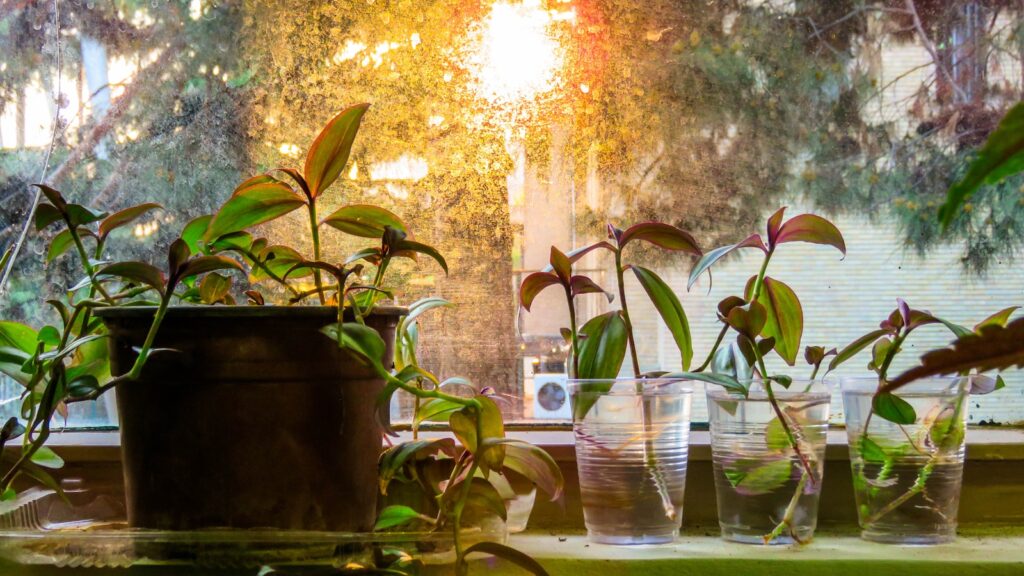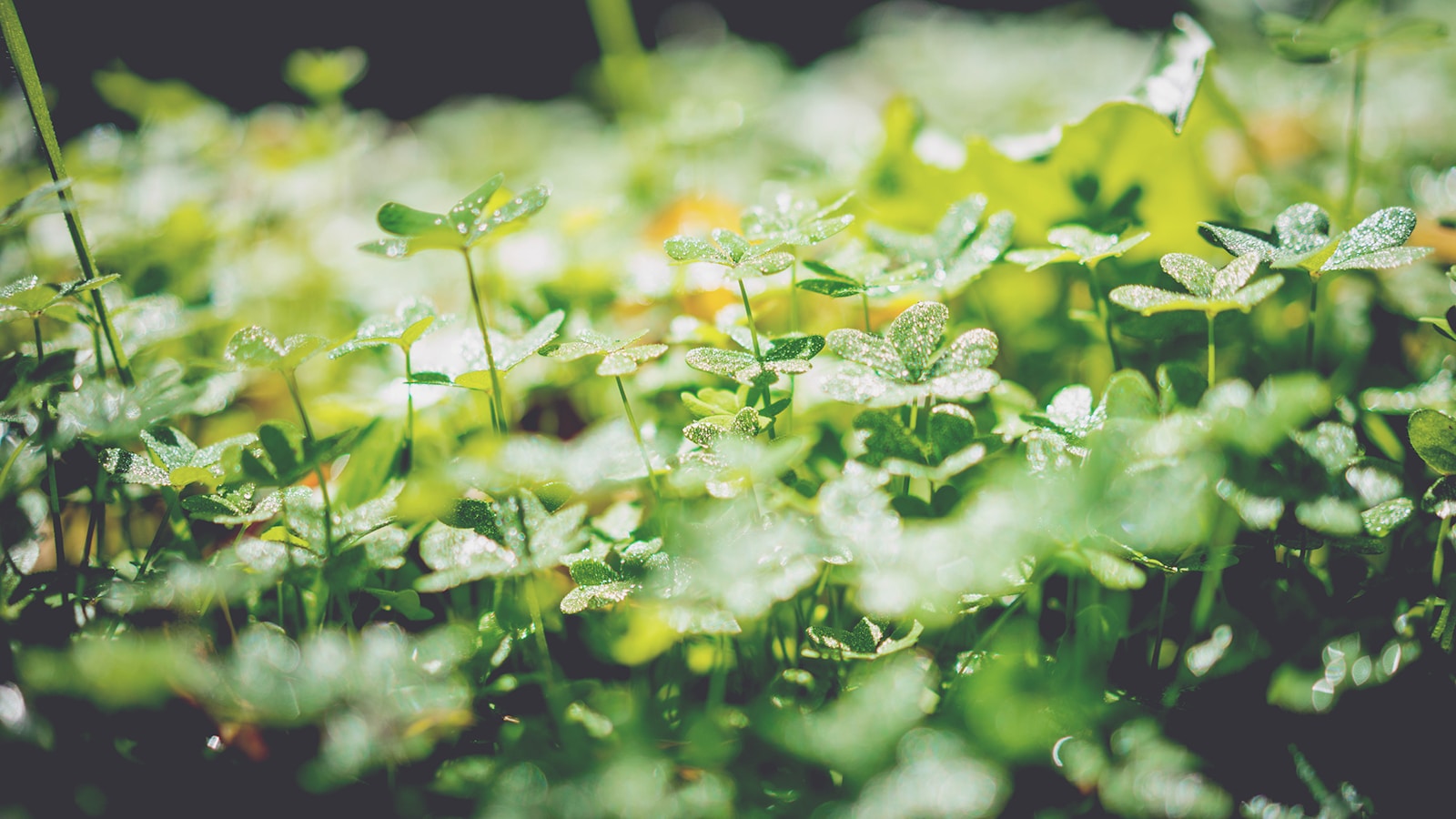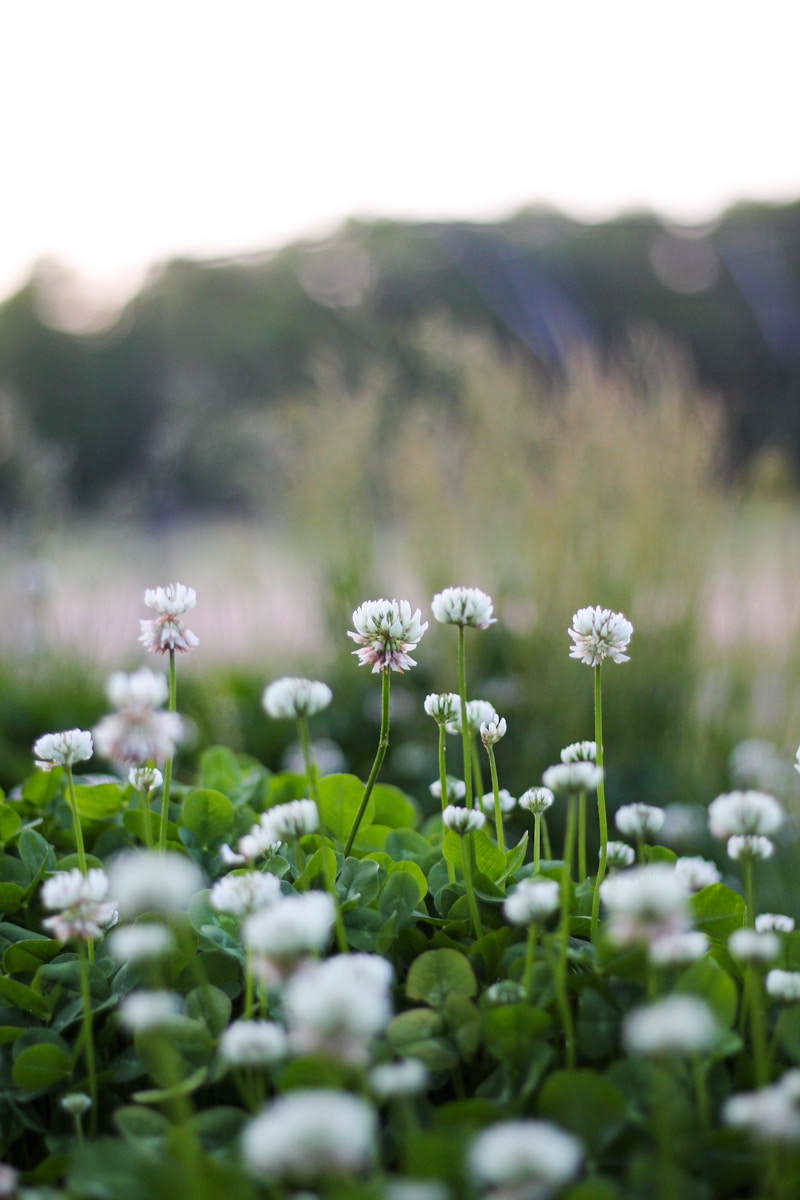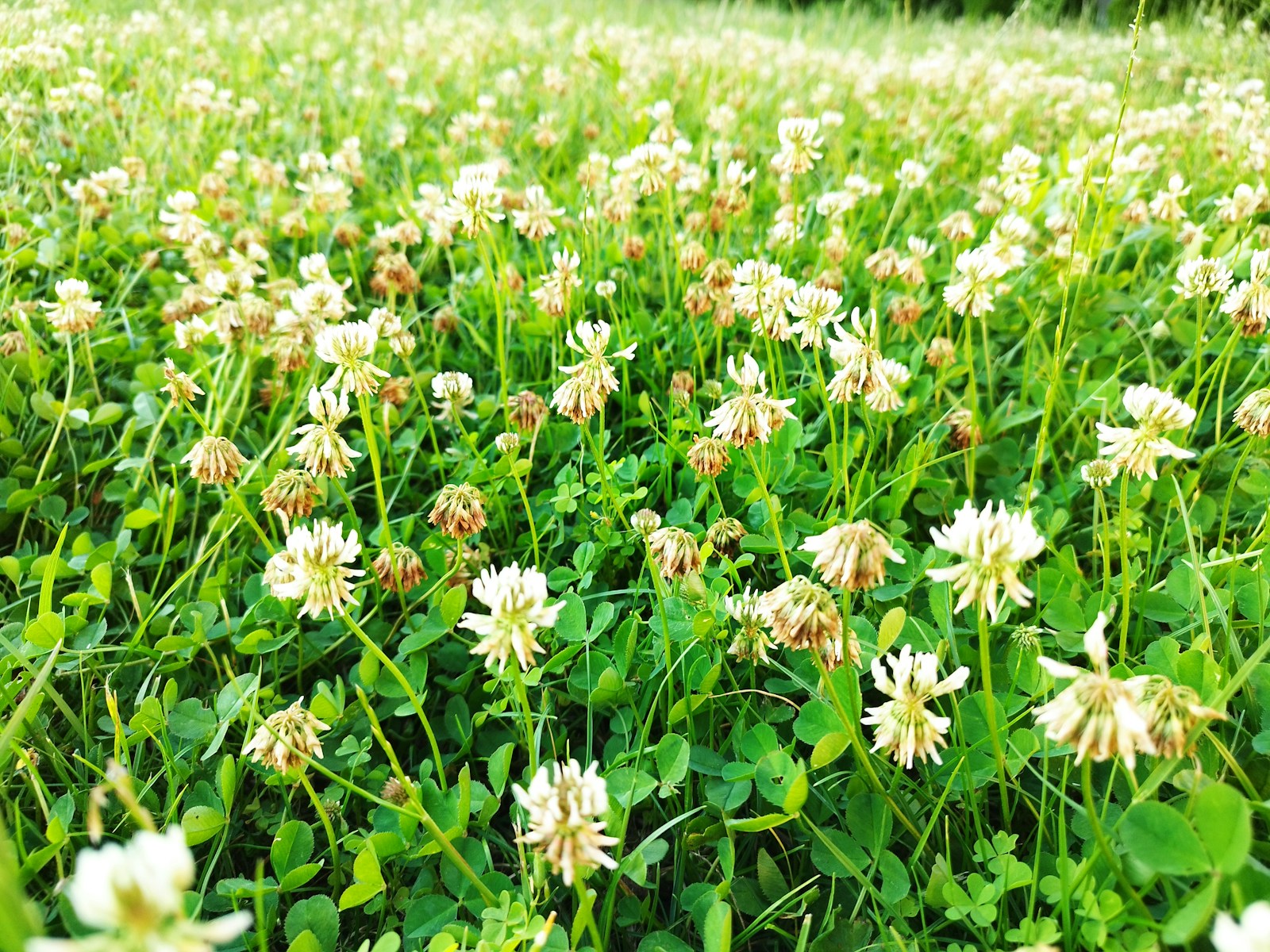Greetings, green thumbs! Let’s take a fascinating journey into the world of the Wandering Jew plant, scientifically known as Tradescantia zebrina. Often admired for its vibrant purple and silver-striped leaves, this hardy plant boasts more than just aesthetic appeal. It carries a rich history, offers surprising human benefits, and is one of the easiest houseplants to care for. Let’s dig in!
A Plant with Deep Historical Roots
The Wandering Jew plant gets its name from folklore referencing resilience and wanderlust, though the term has become controversial due to its associations with antisemitic legends in medieval Europe. As society becomes more aware of cultural sensitivities, many plant enthusiasts and nurseries now refer to it by more inclusive names such as Tradescantia zebrina, Inch Plant, or simply Spiderwort.
Its origins trace back to the tropical regions of Mexico and Central America, where indigenous cultures valued it for both ornamental and medicinal purposes. Over the centuries, its beauty and adaptability led to global popularity, making it a common sight in gardens and homes alike.
Why the Wandering Jew Plant is Important to Humans
This humble plant has more to offer than just good looks. Let’s break down its key benefits:
1. Air Purification
Like many houseplants, Tradescantia zebrina helps filter toxins from the air. NASA studies have highlighted the ability of indoor plants to remove harmful pollutants such as benzene and formaldehyde, creating a healthier living environment.
2. Medicinal Properties
Traditional healers have long used Tradescantia varieties for their potential health benefits. Folk remedies suggest the plant may help soothe minor skin irritations and reduce inflammation. While scientific evidence is limited, anecdotal use points to its anti-inflammatory properties.
3. Stress Reduction
The vibrant colors and lush foliage of the Wandering Jew plant have a calming effect, helping reduce stress and boost mental well-being. Simply spending time around plants has been shown to lower cortisol levels and improve focus.

Essential Tools and Care Routines
If you’re ready to cultivate your own Wandering Jew plant, here’s what you need to know:
Tools You’ll Need:
- Well-Draining Pot: To prevent root rot.
- Pruning Shears: For trimming leggy stems and promoting bushier growth.
- Moisture Meter (Optional): To monitor soil moisture levels.
Care Routine:
- Lighting: Place in bright, indirect sunlight for the most vibrant colors. Too little light will cause fading.
- Watering: Keep the soil consistently moist but not soggy. Water when the top inch of soil feels dry.
- Humidity: These tropical plants thrive in higher humidity. Mist occasionally or place near a humidifier.
- Fertilizer: Feed monthly during the growing season with a balanced, diluted fertilizer.
- Pruning: Regularly pinch back leggy stems to encourage fuller growth.

Quick Tips for Troubleshooting
- Yellowing Leaves? You may be overwatering.
- Leggy Growth? Move the plant to a brighter spot and pinch back the stems.
- Dull Colors? Increase sunlight exposure.
Final Thoughts
The Wandering Jew plant is more than just a pretty face. Its storied past, potential health benefits, and ease of care make it a meaningful addition to any home or garden. Whether you call it Tradescantia zebrina, Inch Plant, or another inclusive name, this resilient beauty will reward you with lush, vibrant foliage and a connection to centuries of botanical tradition.
Happy planting!



